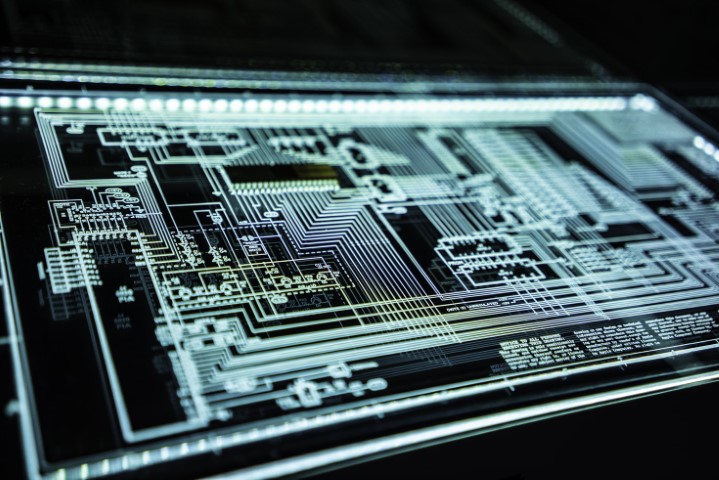Metal finishing refers to the process of applying a coating or finish to the surface of metal objects to enhance their appearance, protect them from corrosion, and increase their durability. Among the various metal finishing techniques, industrial powder coating has gained immense popularity due to its ease of application, cost-effectiveness, and excellent results. In this article, we will discuss how to achieve a perfect metal finish using industrial powder coating.
Before diving into the process, it is crucial to understand what industrial powder coating is. Industrial powder coating involves applying a dry powder to the surface of the metal object, which is then cured under heat to form a protective and decorative layer. This process eliminates the need for solvents and results in a durable finish that is resistant to chipping, scratching, and chemical damage.
To achieve a perfect metal finish using industrial powder coating, the following steps should be followed:
1. Surface Preparation: The success of any coating process relies heavily on proper surface preparation. Start by cleaning the metal object thoroughly, removing any dirt, grease, or contaminants that may hinder adhesion. Use a degreasing agent or solvent to ensure a clean surface. Next, inspect the object for any imperfections such as rust, scratches, or dents. It is crucial to repair these flaws before proceeding further.
2. Sanding and Sandblasting: Depending on the condition of the metal surface, sanding or sandblasting might be necessary. Sanding with fine sandpaper helps smooth out minor imperfections, while sandblasting is useful for removing rust, old paint, or scale. Both techniques ensure a clean and uniform surface for the powder coating to adhere to.
3. Masking and Protection: If there are specific areas of the metal object that should not be coated, such as threaded holes or mating surfaces, they should be properly masked using masking tape, plugs, or special masks. This step ensures a precise and professional finish.
4. Application of Powder Coating: Once the metal object is properly prepared, it is ready for powder coating. The powder coating material is electrostatically charged and sprayed onto the metal surface using a spray gun or an electrostatic fluidized bed. The charged particles adhere to the grounded object, creating a uniform coating. It is essential to apply an even layer of powder coating to ensure proper curing and a beautiful finish.
5. Curing: After applying the powder coating, the metal object needs to be placed in a curing oven where it is subjected to high temperatures. The heat causes the powder coating to melt, flow, and cure, resulting in a hardened and durable finish. The curing time and temperature depend on the type of powder coating used, so it is crucial to follow the manufacturer’s recommendations for optimal results.
6. Inspection and Touch-up: Once the curing process is complete, thoroughly inspect the coated metal object for any defects or areas that require touch-up. Minor imperfections can be addressed by applying a second coat of powder coating and repeating the curing process. This step ensures a flawless, professional finish.
In conclusion, achieving a perfect metal finish using industrial powder coating requires proper surface preparation, masking and protection, precise application, and careful curing. By following these steps, you can enhance the appearance, durability, and protection of your metal objects. Whether you are a professional in the metal industry or a DIY enthusiast, industrial powder coating provides an efficient and cost-effective solution for achieving excellent metal finishes. Remember, attention to detail and adherence to recommended techniques are key to obtaining flawless results in metal finishing.
For more information visit:
https://www.pbmetalfinishingsystems.com/
Powder Coating Equipment Manufacturers
Leading Metal Finishing Industry, Manufacturing Quality Powder Coating Equipment, Paint Spray Booths and Metal Finishing Solutions In Birmingham, UK.







